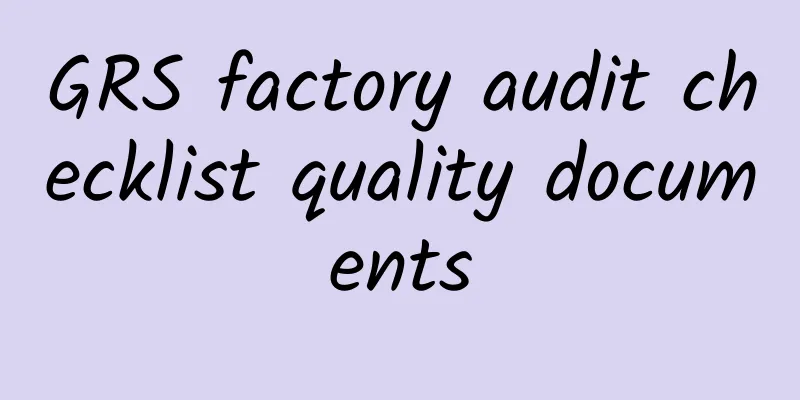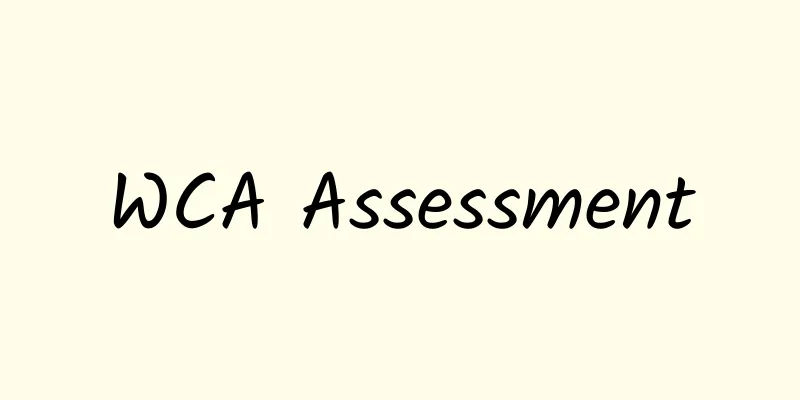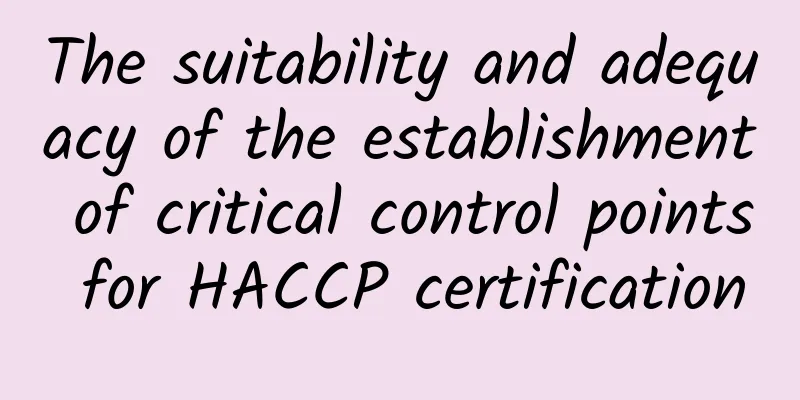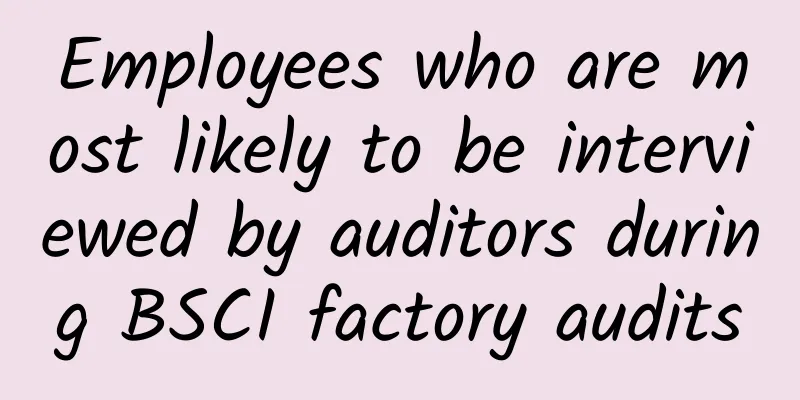HACCP system certification and its application criteria (I)
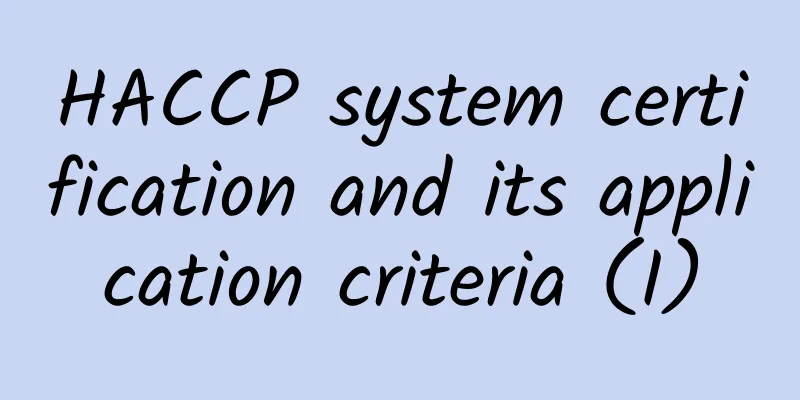
|
HACCP system certification and its application criteria : 1. Introduction 1. This guideline sets out the basic principles and implementation guidance of Hazard Analysis Critical Control Points (HACCP) to help food companies improve their food safety management level, ensure food hygiene quality, and safeguard consumer interests. The specific implementation of HACCP should be combined with the actual situation and specific conditions of food companies' production and operation. 2. The successful implementation of HACCP requires full support and participation from the company's management and working groups. The implementation of HACCP is compatible with the quality management system (such as ISO9000 series) and is a systematic approach to managing food safety under the quality management system. 3. HACCP can be applied throughout the food supply chain - from primary (raw material) production to final consumption. And implementation should be guided by scientific evidence on health hazards. The implementation of HACCP also helps governments supervise food safety and promote economic development by improving the credibility of food safety. 4. The state encourages all types of food companies to consciously implement HACCP management, and provides guidance and evaluation to companies that have already implemented HACCP management. 2. Introduction to HACCP System In the early 1960s, American food producers worked with NASA to establish the HACCP system for the first time. In 1993, the Codex Alimentarius Commission (CAC) recommended the HACCP system as the most economical and effective way to ensure food safety. HACCP is a system based on science that ensures food safety by systematically identifying specific hazards and their control measures. The HACCP control system focuses on prevention rather than relying on the inspection of finished products to ensure food safety. Any HACCP system can adapt to the innovation of equipment design, the development and changes of processing technology or technology. HACCP is a simple, easy, reasonable and effective control system suitable for all types of food companies. III. Definition The terms and definitions used in this guideline are as follows: 1. Hazard Analysis: refers to the process of collecting and evaluating relevant hazards and the information that causes these hazards to determine which hazards have a significant impact on food safety and therefore need to be addressed in the HACCP plan. 2. Prerequisite Programs: Provide basic operating specifications for the implementation of the HACCP system, including Good Manufacturing Practice (GMP) and Sanitation Standard Operating Procedures (SSOP). 3. Critical Control Point (CCP): refers to the step where control measures can be implemented. This step is critical to preventing and eliminating a food safety hazard or reducing it to an acceptable level. 4. Good Manufacturing Practice (GMP): It is a series of measures, methods and technical requirements throughout the entire food production process to ensure food safety and quality. It requires food production companies to have good production equipment, reasonable production processes, perfect quality management and strict testing systems to ensure that the quality of the final product meets the standards. 5. HACCP team: A working group responsible for developing the HACCP plan. 6. Sanitation Standard Operating Procedure (SSOP): The operating specifications that food companies should follow during food processing to ensure food hygiene quality. Specific areas include: water safety; condition and cleanliness of food contact surfaces; prevention of cross contamination; hand washing and disinfection and maintenance of toilet facilities; prevention of adulteration; labeling, storage and use of toxic chemicals; employee health; and elimination and control of insects and rodents. 7. Flow Diagram: refers to a continuous description of all steps in a specific food processing or production process. 8. Significant Hazard: It has the potential to occur and may cause unacceptable harm to consumers; it has the possibility and severity of occurrence. 9. Hazard: refers to biological, chemical or physical factors or conditions that have potential adverse effects on health. 10. HACCP Plan: A set of documents developed based on the HACCP principles to ensure that hazards that are important to food safety are controlled at all stages of the food chain, including food production, processing, and sales. 11. Step: refers to a point, a procedure, an operation or a stage in the food chain (including raw materials) from initial processing of products to final consumption. 12. Control (noun): refers to the situation in which the correct operating procedures are followed and the control standards are met. 13. Control (verb): All necessary measures taken to ensure and maintain the control standards established in the HACCP plan. 14. Control Point (CP): Any point, step or process that can control biological, chemical or physical factors. 15. Control Measure: Any measure or action that can prevent or eliminate a food safety hazard, or reduce it to an acceptable level. 16. CCP Decision Tree: A set of questions used to determine whether a control point is a critical control point. 17. Critical Limits: Standard values that distinguish acceptable and unacceptable levels. 18. Operating Limits: More stringent than critical limits, standards used by operators to reduce the risk of deviation. 19. Deviation: refers to failure to meet critical limits. 20. Corrective Action: Measures taken when monitoring of a critical control point (CCP) shows that the critical control point is out of control. 21. Monitoring: Planned and continuous observation or testing of control indicators to evaluate whether critical control points (CCPs) are under control. 22. Validation: Confirm that each element of the HACCP plan is effective. 23. Verification: refers to methods, procedures, tests and evaluations other than monitoring used to determine whether the HACCP plan is implemented correctly. The above content is an introduction to HACCP system certification and its application guidelines. If you have any questions about this content, you can make detailed inquiries through the online consultation on the website, or communicate with our factory inspection consultants by phone. The consultants will provide factory inspection plans that are suitable for your factory based on their factory inspection guidance experience. |
<<: ICTI factory audit working hours standard
>>: HACCP system certification and its application criteria (Part 2)
Recommend
What channels can eBay use to obtain keywords?
eBay’s internal channels for obtaining keywords: ...
China responds to accusations in 2010 U.S. human rights record
China News Service, Beijing, April 10 (Xinhua) Ch...
How can individual Shopify sellers create their own peak season sales (Part 2)?
Shopify individual sellers' sales plan 1: sto...
How to set up eBay to attract buyers' attention?
1. Simplicity is beauty The most important of all...
On-site and off-site promotion of eBay stores
The promotion of eBay stores is the same as that ...
What are the ways to withdraw money from eBay? Come and find out!
Some readers asked me, what are the current ways ...
Create a big sale on eBay! How to choose products on eBay?
1. Find popular products Method 1: Search for bes...
Interpretation of ISCC Audit Key Points
Interpretation of audit points 1. Remote audit an...
ACC Processing Plant Process Water/Ice Requirements
ACC certification processing plant for production...
Jump Send--"Automated Email"
What is Jump Send? Jump Send is a product develop...
How about Wen Dan? What are the service advantages of Wen Dan?
How about pomelo? Wendan combines its own profess...
The most comprehensive guide to applying for "climate-friendly" projects (Part 1)
When searching for a product, when will the scree...
Do not repeat factory inspections with different standards
Liang Mei, executive vice president and secretary...
eBay Beginner's Tutorial: Steps to Set Up Vacation Mode
You can put your store on holiday to display a me...
How to withdraw cash from PayPal? How to withdraw cash from 2checkout?
Currently, PayPal has 5 ways to withdraw money: 1...



